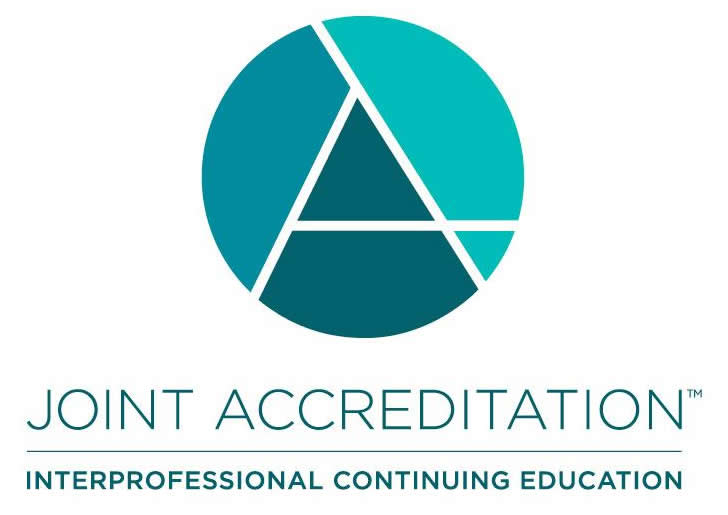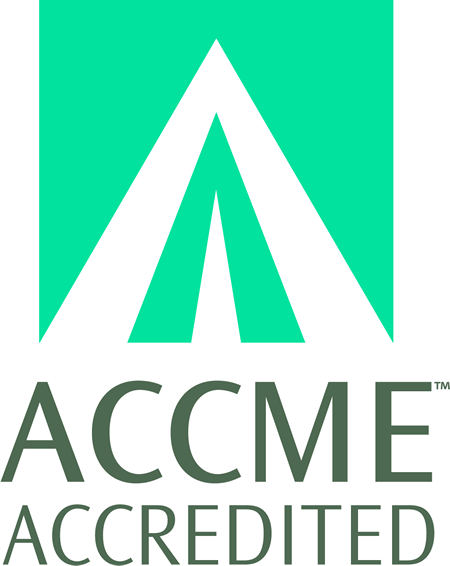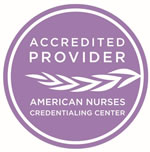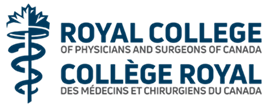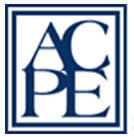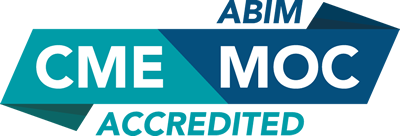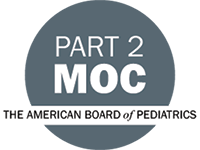
COURSE CREDITS & HOURS
16 AMA PRA Category 1 Credits™16 ACPE Credits
16.0 Contact Hours
16 (part II) MOC points in medical knowledge in the American Board of Internal Medicine's (ABIM) Maintenance of Certification (MOC) program
16 MOC (Part II) points in the American Board of Pediatrics' (ABP) Maintenance of Certification (MOC) program
2 Hours of Pharmacology for Nurse Practitioners
COURSE FEES
TARGET AUDIENCE
PROGRAM PURPOSE
- Medical Spanish for Busy Healthcare Professionals
- Bridge the communication gap often seen with Spanish only speaking patients
- Pronounce basic greetings in Spanish
- Use Spanish words for basic parts of the body
- Identify medical terms used for medical history taking
- Use key phrases to complete a physical exam in Spanish
- Diabetic Emergencies: How Sweet it Isn't
- Identify the three diabetic emergencies as hypoglycemia, DKA and HNS
- Discuss the presenting signs and symptoms, pathophysiology, risk factors, and diagnostic tests for the three diabetic emergencies
- Explain the medical treatment and management protocol for each diabetic emergency
- Diabetes Mellitus Update: Using Technology for an Old Disease
- List the categories of pharmaceuticals available for the management of diabetes mellitus
- Explain the use of the CGM
- Describe current technology choices for insulin delivery
- Compare existing insulin pumps
- Discuss the technology for the artificial pancreas
- Blue baby Diagnosis and management
- Exclude common and generally benign causes of cyanosis in the newborn
- Consider and confidently diagnose cyanotic heart disease allowing for timely intervention and better outcomes
- The Vomiting Baby
- Discuss the common and uncommon causes of vomiting in the young baby thereby allowing for recognition of those more serious cases warranting admission, and/or medical or surgical intervention
- The Crying Infant Infant Distress syndrome
- Highlight the not uncommon causes that may be simply dealt with
- Describe the complexity of the problem and its management especially if simple interventions have been carried out but with little improvement.
- Communicating with your Patients A Paediatric Perspective
- Reflect on their own practice with the aim of achieving a therapeutic interview as described by Winnicott
- Feeding Problems in the Toddler
- Understand the psychodynamics behind their statement as well as determining the contribution of the main players- mother, father, siblings, grandparents, is essential to bring about resolution
- Paediatric Cardiology: Part 1. Acquired Heart Disease including issues related to COVID-19
- Develop an overall understanding of paediatric cardiology Recognise gaps in their knowledge and be more confident in making appropriate referrals
- Paediatric Cardiology: Part 2. Congenital Heart Disease
- Develop an overall understanding of paediatric cardiology Recognise gaps in their knowledge and be more confident in making appropriate referrals
- Recognising the Very Sick Child
- Recognise the very sick child and to institute appropriate and immediate treatment to ensure the best outcome









